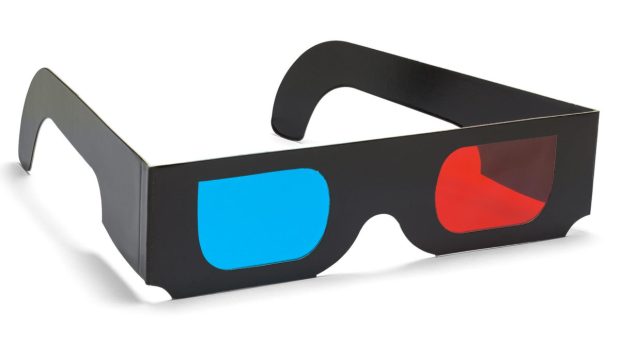Is the Metaverse Just the Web Wearing 3D Glasses?

There’s a huge amount of hype, and increasingly, money, being poured into “the metaverse” by some of the largest companies in the world as well as small tech firms that hope to join their ranks by building an immersive virtual reality in which people can socialize, find entertainment and buy stuff.
Still, “the metaverse” is still a very vague concept, and not just because the virtual-reality (VR) technology needed for any kind of immersive experience is years off.
The only real answer — so to speak — comes from author Neal Stephenson, who coined the term two decades ago in his novel “Snow Crash” to described a single, complete virtual world in which people could live a kind of vicarious second life.
See also: What’s a Metaverse, and Why is One Having a Fashion Show?
On Wednesday (June 22), three dozen companies, ranging from Meta and Microsoft to Alibaba and Ikea, announced the creation of an organization to figure out what it is and apply some standards to prevent it from exploding into a vast series of incompatible and competing virtual worlds.
And while the Metaverse Standards Forum (MSF) is in many ways similar to the World Wide Web Consortium (W3C) that developed the modern internet, the sheer scale of the technical issues it is working on — ranging from photorealistic content authoring and geospatial systems to physical simulation and online economies — shows just how unfinished a concept it is.
One or Many?
One basic question about the metaverse is whether the singular tense is the right way to describe it. Its stated goal, “to drive open metaverse interoperability,” suggests that it may be less Stephenson’s vision of a single globe-enveloping space than a sea of metaverses with larger, more diverse spaces — like the current but nascent blockchain-based Decentraland, or whatever vision of the next generation of social media led Mark Zuckerberg to rename his company Meta.
Many massively multiplayer online (MMO) games like World of Warcraft (WoW), Forum-member Epic Games’ Fortnite, and blockchain based, play-to-earn Axie Infinity are essentially pre-metaverses where characters can interact in a variety of ways, not all of which involve killing monsters or each other.
Guilds, for example, are a core part of WoW, with groups of players banding up not just to run through dungeons that require 10 to 25 players with a variety of specialties but also to share equipment and advice, and in many cases socialize.
But by the same token, a simple flight simulator game — Microsoft’s dates back three decades — fits the bill on an immersive virtual experience to some degree.
The 3D Web
The comparison to the W3C suggests that the metaverse will not be a single, mall-like experience like Decentraland, where anyone can set up a shop and offer games, entertainment, concerts, retailers and corporate spaces that could cover everything from marketing to customer service.
Ikea, for example, is an MSF founding member, which suggests that its vision is to ditch its warehouse-like outlets for a virtual space where shoppers can wander through display area and room set-ups from their couch before picking out a Hemnes bookcase to be shipped rather than carried out.
With a common set of standards, the outlet could be set up in many different metaverses — Decentraland, Fortnite or even Zuckerberg’s eventual Meta land. Or Ikealand could simply be its own space, running in Ikea’s cloud that uses big metaverses as a kind of search engine, advertising its offerings and directing customers to it.
This raises the question: Is the metaverse going to be a groundbreaking, social-fabric-changing new virtual reality as its supporters claim, or just the web with 3D glasses?
Sign up here for daily updates on all of PYMNTS’ Crypto coverage.
